Which State Has the Most Earthquakes?
-

- Last updated:
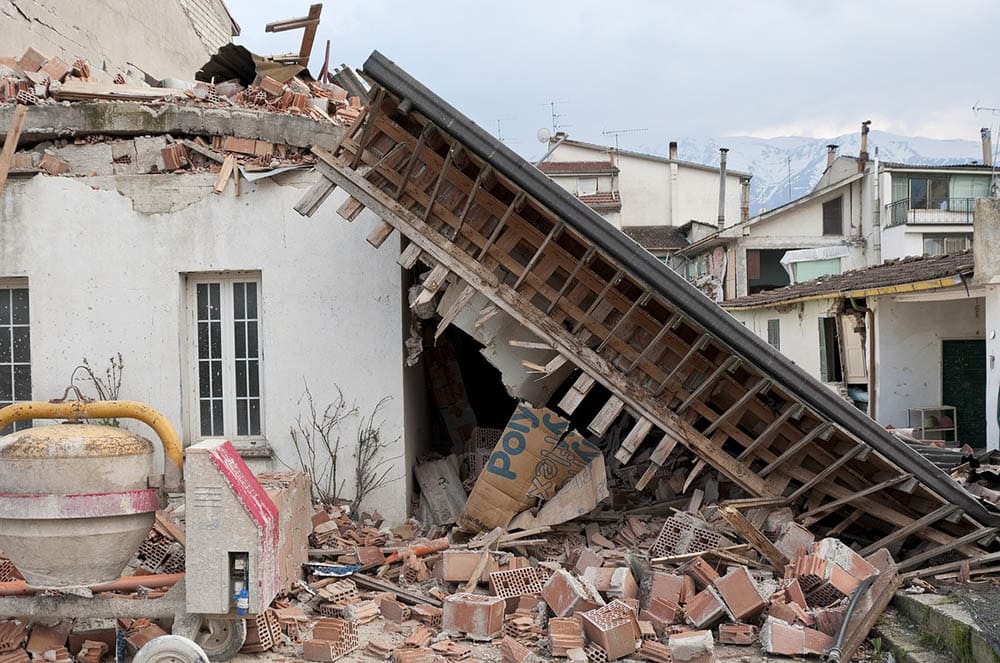
Earthquakes are among the most frightening of natural disasters. No other natural phenomenon causes us to distrust the very ground beneath our feet, after all. Unlike hurricanes or tornadoes, earthquakes can’t be predicted beyond vague pronouncements that “The Big One” is coming.
Well, it turns out that “The Big One” probably is coming to the United States in the next 50 years, and your risk of living through it depends very much on where you live. According to the U.S. Geological Survey, 16 states are at high risk of a damaging quake during that period.1
In this article, you’ll learn which state has the most earthquakes and which 15 others are in the high-risk category. You’ll also discover 16 states with a lower earthquake risk, based on frequency.
Words To Know Before We Begin:
- Earthquake: shaking of the Earth’s surface
- Fault: a break in the rocks beneath the Earth’s surface
- Tectonic plates: massive slabs of rock beneath the Earth’s surface
- Richter scale: a way to measure the magnitude, or intensity of earthquakes
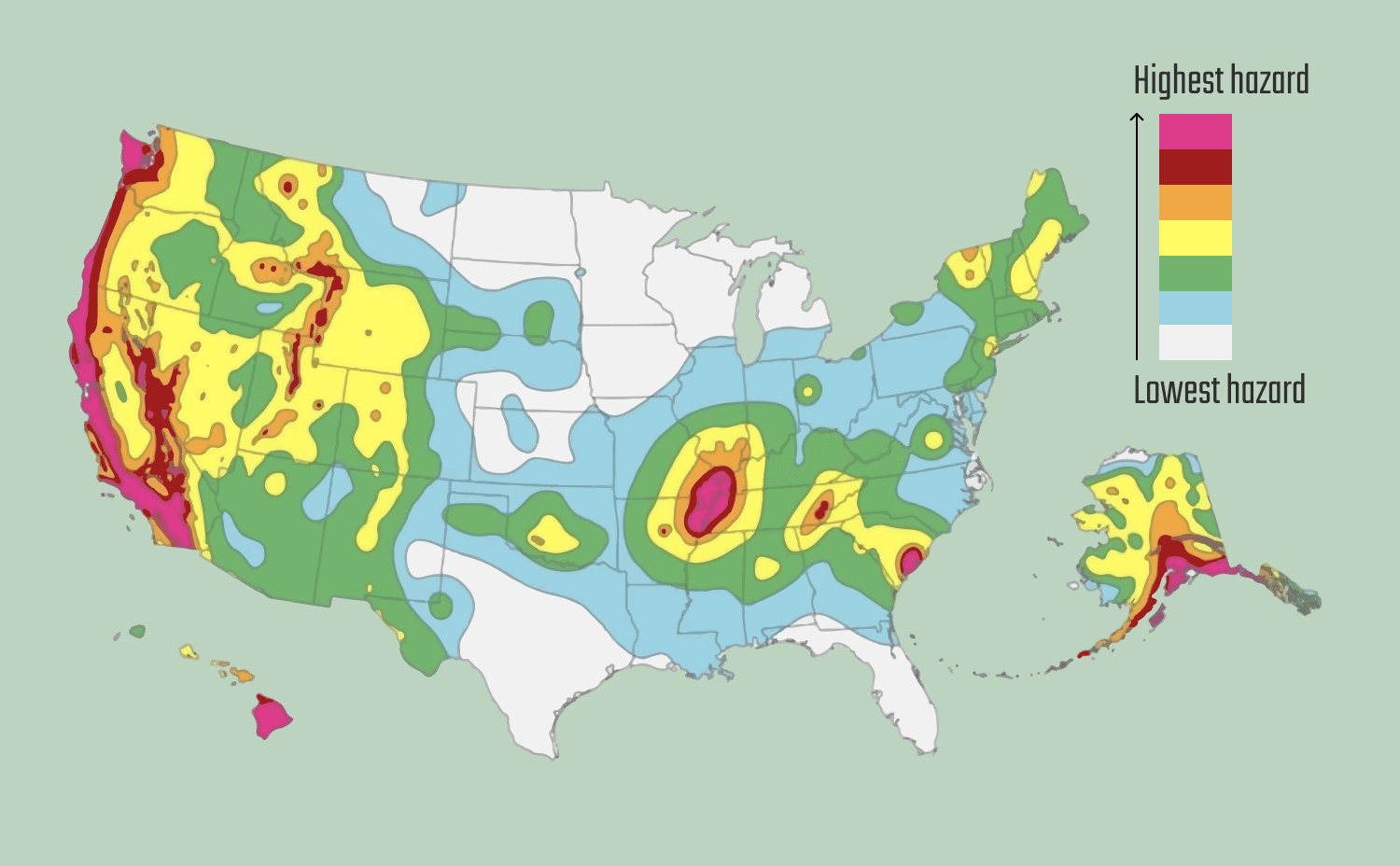
16 States Most At Risk For Earthquakes
1. Alaska
Alaska experiences by far the most reported earthquakes in the United States. More strong earthquakes occur in Alaska than in the rest of the country combined. In November 2021 alone, Alaska reported 3,581 earthquakes.
Over the past 5 years, more than 220,000 earthquakes occurred in Alaska. Two of the Earth’s plates—the Pacific and the North American—meet beneath the ocean off Alaska’s southern coast. The movement of these plates and their impact on the many faults crisscrossing Alaska, including the Denali Fault, are responsible for the elevated earthquake risk found in Alaska.
Alaska recorded the strongest earthquake in U.S. history, 9.2 on the Richter scale, on March 27, 1964, in the waters of Prince William Sound.
2. California
California is the state most often associated with earthquakes, probably because of several high-profile, destructive quakes occurring in the state. While Alaska has more earthquakes in total, California is most likely to suffer earthquakes that cause property damage, probably because it’s more densely populated.
Southern California alone records over 10,000 earthquakes per year, most of which are too weak to be felt by people. Like Alaska, California is susceptible to movement of the Pacific and North American plates, which in turn disrupt the over 200 hazardous faults running through California. Many of these faults, such as the San Andreas and Hayward faults, run under densely populated cities like Los Angeles and San Francisco.
3. Nevada
Located next to earthquake-prone California, Nevada is another state with high ground-shaking activity. Active faults riddle the state, located at the base of almost every mountain range. Each year, Nevada experiences thousands of earthquakes, most too small to be noticed.
An earthquake strong enough to cause damage occurs about every three years. Because the state contains so many faults, the entire population lives within several miles of one.
- You may also be interested in: 14 Facts About Earthquakes – Statistics and Data
4. Hawaii
The Hawaiian Islands report an average of about 110 earthquakes over 3.0 magnitude every year. The state has an added element of risk due to the volcanoes present, mainly on the Big Island of Hawaii. Most earthquakes in Hawaii result from magma moving under the earth’s surface and within the volcanoes.
Kilauea and Mauna Loa, two of the most active volcanoes in Hawaii are in the southern part of the Big Island, also the site of most earthquake activity.
5. Washington
Washington State reports over 1,000 earthquakes each year. After California, Washington has the second-highest risk of damaging earthquakes because several active faults run directly under the densely populated Seattle-Tacoma metro area.
In addition, the Cascadia subduction zone is off the coast of Washington. This fault produces some of the largest earthquakes in the world, over 9.0 magnitude. Scientists believe a highly destructive quake from this fault could occur at any time.
6. Oregon
Like Washington, Oregon is near the Cascadia subduction zone. This fault last produced an earthquake in 1700 with a 9.0 magnitude. Pressure has been building in the area since that time.
Scientists believe project a 37% chance that a strong earthquake (over 7.0 magnitude) will occur from the Cascadia fault in the next 50 years. In the meantime, Oregon reports about 300 earthquakes per year, with around 15 strong enough to be felt.
7. Idaho
Idaho is at risk for earthquakes from seismic activity in neighboring states and its own extensive fault system. The state has reported over 75 earthquakes since 1925. The faults in Idaho could produce 7.0 magnitude earthquakes, and most of the cities in the state are at risk.
Idaho is at risk of infrequent, powerful earthquakes, like the Stanley quake of 2020. The state also suffers more frequent earthquake swarms, a series of less powerful quakes that occur over an extended period, like the Soda Springs swarm of 2017, which lasted several weeks.
8. Montana
The western part of Montana is home to two regions of earthquake activity: the Intermountain Seismic Belt and the Centennial Tectonic Belt. The Intermountain extends as far south as Nevada, while the Centennial contains at least eight active faults.
The last major earthquake in Montana occurred in the Centennial Tectonic region, a 7.5 magnitude quake in 1959. However, Montana reports an average of 7-10 small earthquakes per day.
9. Utah
Utah is home to a huge, active fault called the Wasatch Front. Based on available data, scientists believe there is a 43% chance that a 6.75 or higher magnitude earthquake will generate from this fault in the next 50 years. There is a 57% chance the quake will be at least 6.0 magnitude.
80% of Utah’s population lives along the Wasatch fault, including the large cities of Salt Lake City and Provo. A strong earthquake near those areas could have devastating effects, including thousands of injuries and deaths. Currently, Utah experiences hundreds of small earthquakes per year and a moderate (5.6-6.5 magnitude) quake every 10-50 years.
10. Wyoming
Wyoming contains 26 active faults. Earthquake activity has been reported in every county in Wyoming over the past 120 years. Yellowstone National Park is considered one of the most seismically active areas in the United States.
Scientists believe many of Wyoming’s most dangerous faults are overdue for activity, meaning they have built up energy to the point that a release in the form of a powerful earthquake could happen at any time. Wyoming also carries the risk of induced, or man-made earthquake activity from mining and fossil fuel extraction.
11. Missouri
Southeast Missouri is home to a large, active fault region known as the New Madrid Seismic Zone, which also may impact neighboring states.
In 1811-1812, the New Madrid Zone produced three of the most powerful earthquakes in U.S. history (7.0-8.0 magnitude) over 2 months. These quakes were felt hundreds of miles away and completely changed the appearance of the land in the area.
About 200 quakes per year occur in the New Madrid zone, most of which are too small to feel. About every 18 months, Missouri experiences 1-2 earthquakes strong enough to cause damage. There is about a 10% chance that a 7.0-8.0 magnitude quake will occur in the next 50 years along this zone.
12. Kentucky
Kentucky borders three separate seismic zones, including the New Madrid. Kentucky experiences frequent small earthquakes but is at risk for a powerful earthquake in the future.
Kentucky also has the potential for man-made earthquakes due to mining, fracking, and other human activities.
13. Illinois
Southeastern Illinois falls into the New Madrid Seismic Zone, while the Wabash Valley Seismic zone is along the eastern border. Both zones put the state at risk for earthquakes.
In the Wabash Valley zone, a 5.4 magnitude quake occurred as recently as 2008. If a shock similar to the 1811-1812 one were to occur today, the region impacted—including Illinois—could suffer 60-80 billion dollars in damages.
14. Tennessee
Western Tennessee, particularly the urban area of Memphis, is at high risk of experiencing an earthquake from the New Madrid Zone. The other side of the state includes the East Tennessee Seismic Zone.
In 2018, Tennessee experienced 301 earthquakes, most too small to feel. However, Memphis has a 74% chance of experiencing a damaging earthquake in the next 100 years, while East Tennessee has a 36% chance.
15. Arkansas
The northeastern corner of Arkansas falls into the New Madrid Seismic Zone, putting the state at similar risk of damaging quakes as others in the region. Most Arkansas earthquakes are small, with the last to register damage a 4.1 magnitude shock felt in 2005.
Separately, an area known as the Enola Swarm region experiences frequent seismic activity. This area reported over 40,000 quakes since 1982.
16. South Carolina
South Carolina experiences 10-30 earthquakes per year, 2-5 strong enough to feel. The city of Charleston suffered the most damaging earthquake in the eastern United States in 1886, a 7.3 magnitude. Because of this history, and because the city is near several active faults, Charleston is at high risk of experiencing another damaging earthquake.
16 States Least At Risk For Earthquakes
1. Florida
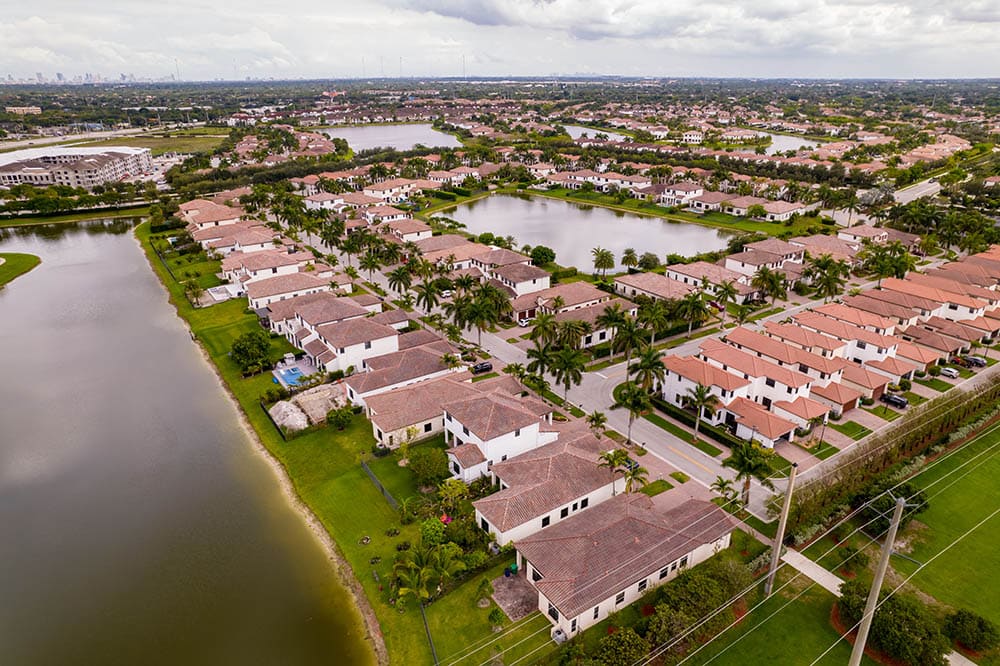
Florida is one of two states considered the least at risk for earthquakes, based on quake frequency. The state recorded no earthquakes between 2010-2015. Earthquakes in the state are generally limited to the Panhandle region, where a magnitude 4.0 earthquake occurred in 2020.
The state has no fault lines and is not located on a tectonic plate, limiting the amount of earth-shaking that can occur.
2. North Dakota
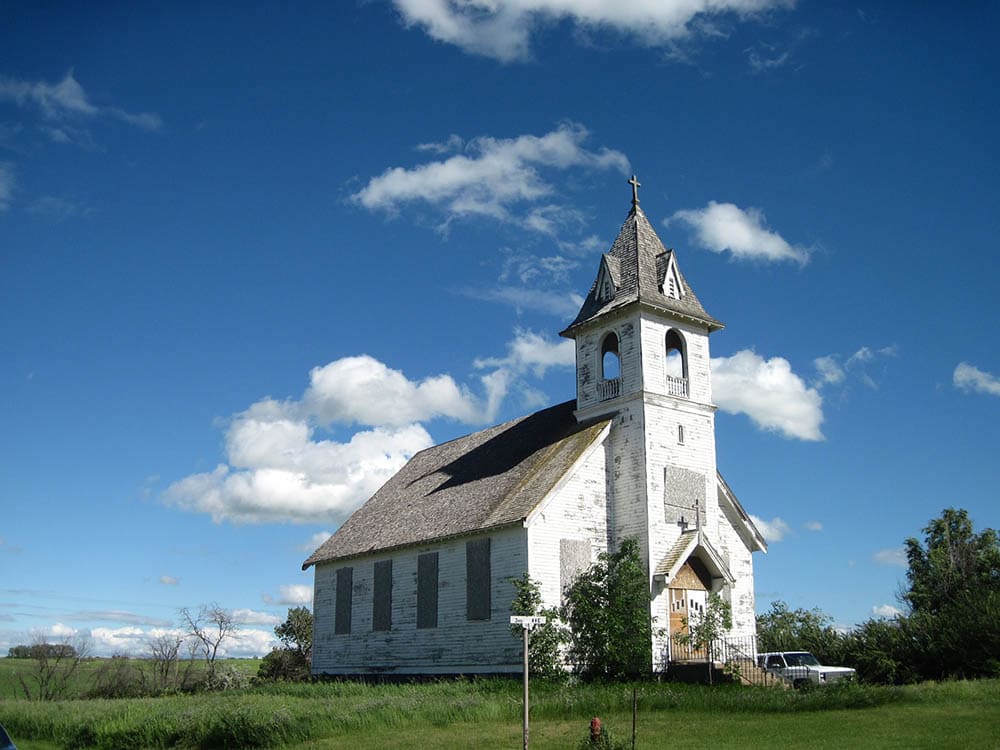
North Dakota is the other state with the fewest earthquakes in the U.S. The state is geographically stable and believed to contain at least two fault lines. Only 13 earthquakes were reported between 1870 and 2015, although shaking from quakes in other states has been noticed.
3. Connecticut
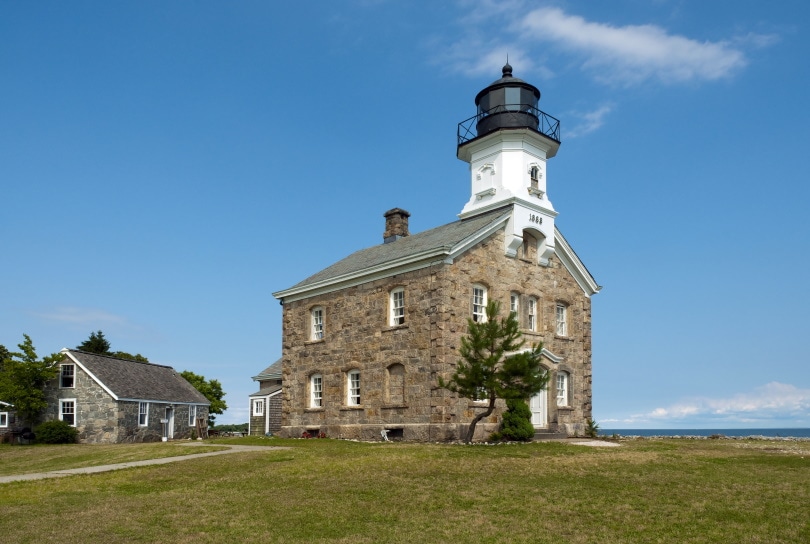
Between 1678 and 2015, Connecticut has reported only about 115 earthquakes. The state has experienced a few known earthquake swarms over the years and has felt the effects of strong earthquakes in neighboring states.
4. Maryland

Maryland has reported a felt earthquake only 66 times since 1758, or about 1 every 3 years. Maryland has also felt strong earthquakes from other states like South Carolina and Virginia.
5. Iowa
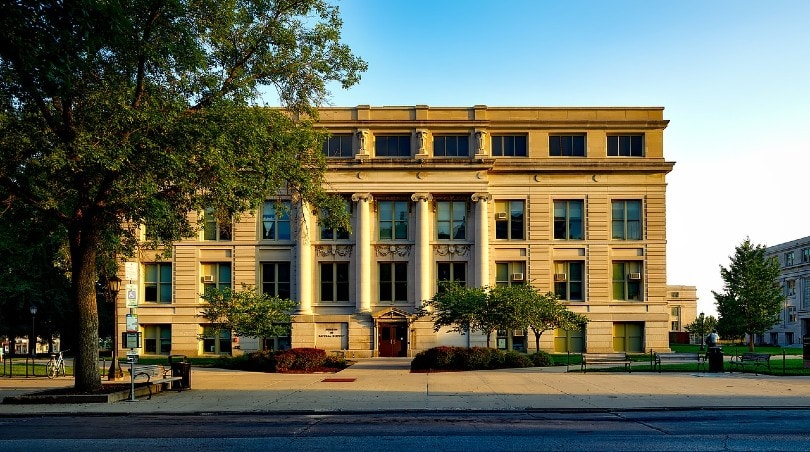
Iowa has experienced 13 earthquakes since its earliest settlement began. The state was one of only four to report no quakes between 1975 and 1995. An earthquake last occurred in Iowa in 2004, and there are no known fault lines in the state.
6. Vermont

Vermont reported only 50 quakes between 1843-2016, with the strongest being a 4.0. The state is more likely to feel the effects of strong earthquakes in other states and Canada, which has occurred several times since 1732.
7. Wisconsin
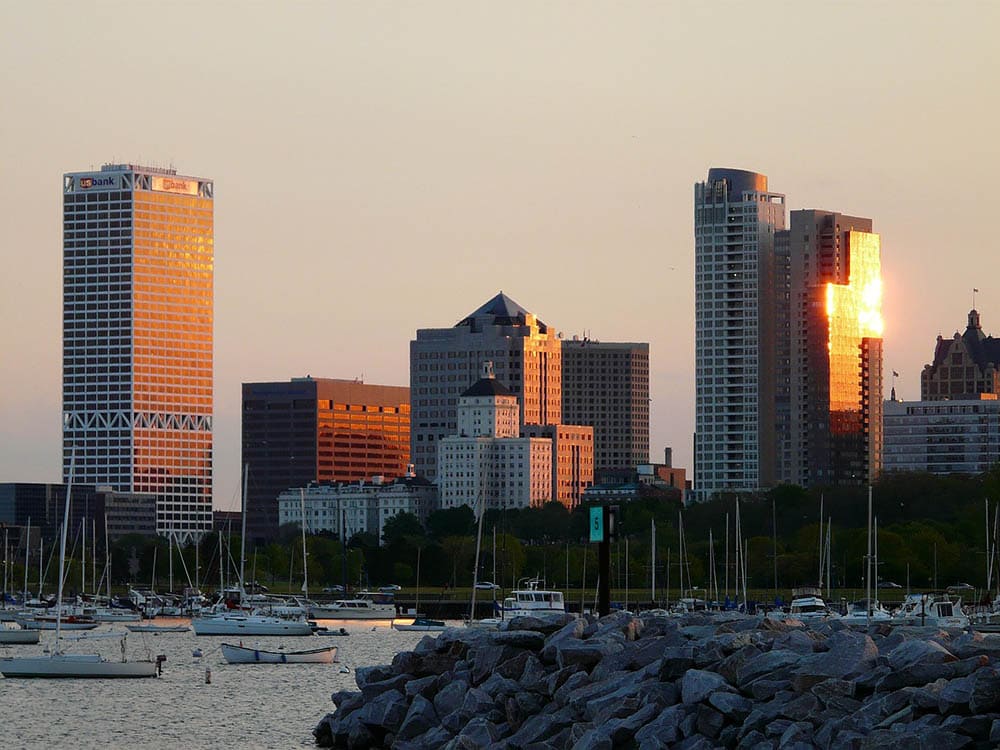
Only one documented earthquake has originated from Wisconsin, but the state commonly feels tremors from quakes in Illinois. Wisconsin would also feel the impact of a powerful earthquake in the New Madrid Seismic Zone.
8. Minnesota
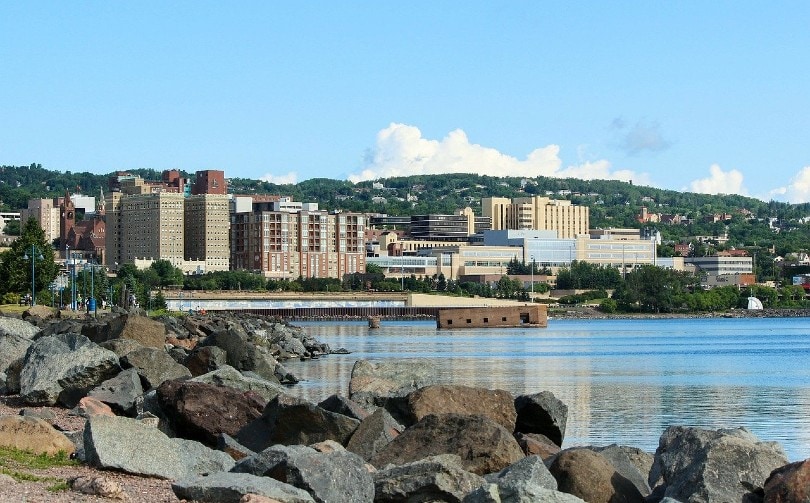
Minnesota has experienced 20 small to moderate earthquakes since 1860. Because shock waves travel easily in the Midwest, Minnesota is potentially at risk from damaging earthquakes in the New Madrid or Wabash Valley Seismic Zones.
9. Michigan
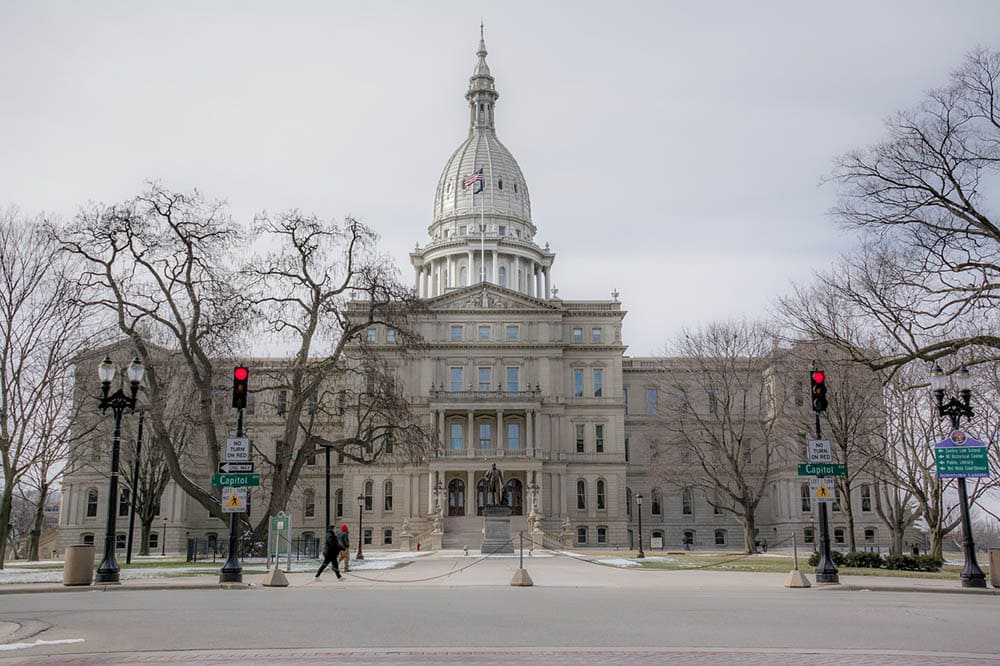
Michigan recorded only four earthquakes since 1973 when quake monitoring began in the state. The state does maintain some risk from earthquakes in nearby states like Illinois and Indiana.
10. Kansas
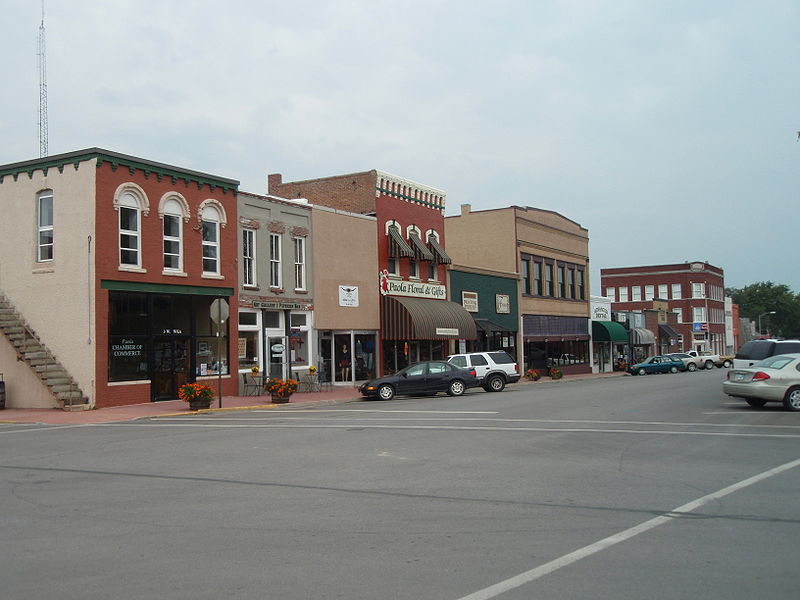
Kansas recorded 25 earthquakes between 1867-1976. One hundred earthquakes were recorded during a study between 1977-1989. Kansas has several fault lines and has also experienced an increase in man-made earthquake activity related to oil and gas drilling in Oklahoma.
11. Nebraska
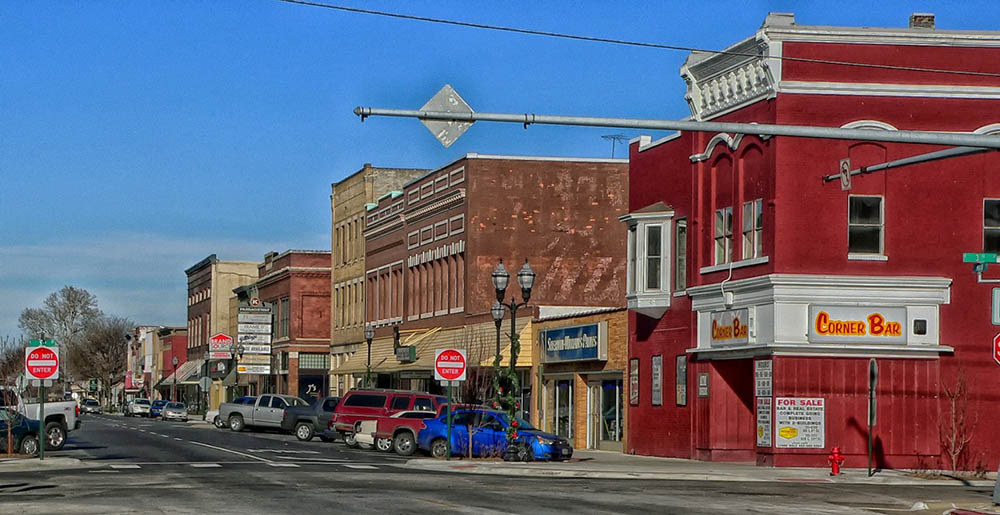
Nebraska has recorded no major earthquakes but does experience occasional tremors. Several fault lines are known to be present in the state.
12. Pennsylvania

Pennsylvania recorded no earthquakes between 2010-2015. The state has reported relatively few earthquakes over the last 200 years but has felt the impact of quakes in states like New York and Virginia.
13. Louisiana
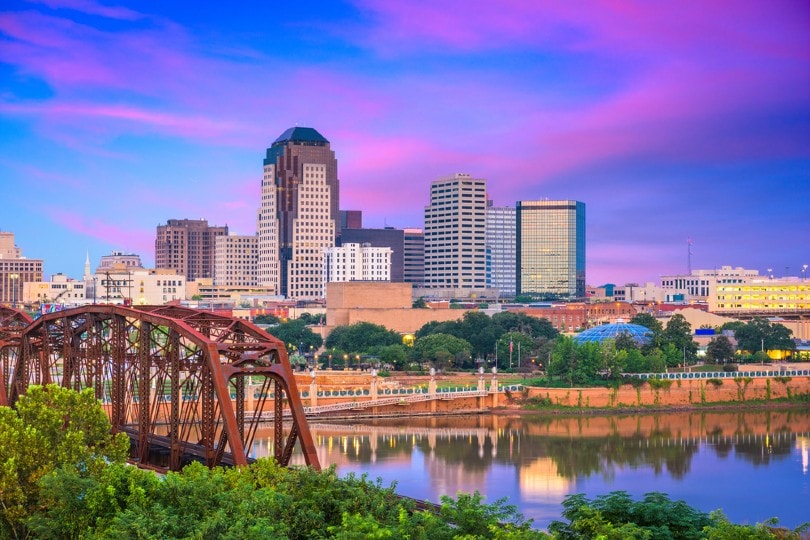
Louisiana reported 43 earthquakes between 1843-1994. The state has numerous faults, especially in the southern half of the state, but not all are active.
14. South Dakota

South Dakota reports a small earthquake every year or two, with 100 documented since 1872.
15. Rhode Island
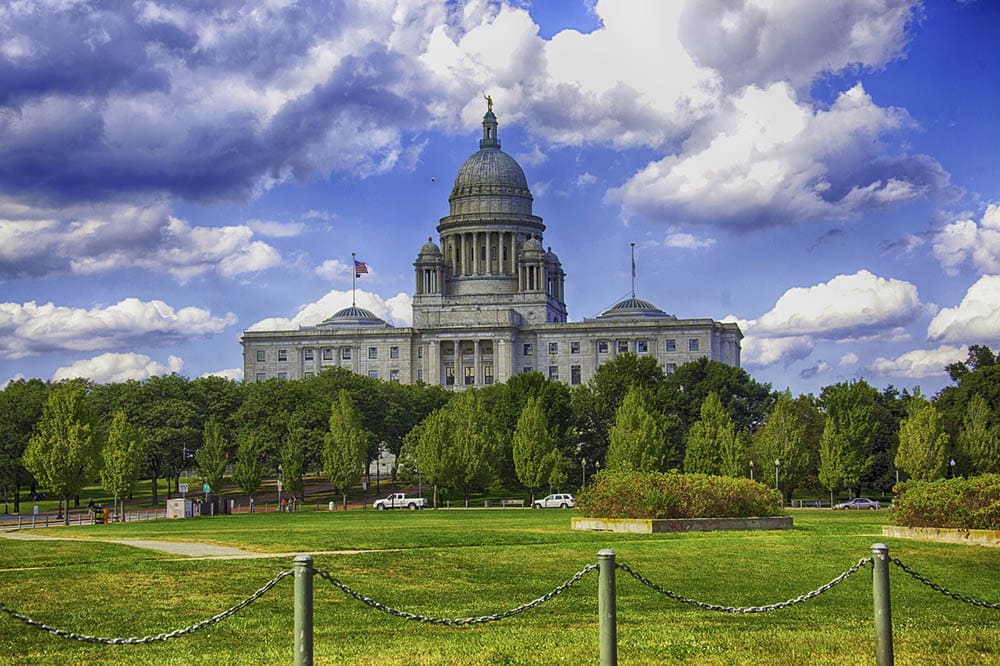
Rhode Island has reported 34 felt earthquakes between 1776-2016. Interestingly, Roger Williams, the founder of Rhode Island, documented a conversation with local Native Americans, who reported experiencing four strong earthquakes between 1568-1592.
16. New Jersey

New Jersey reported 98 felt earthquakes between 1783-2016. The state has also experienced the impact of stronger quakes in Massachusetts and New York.
Conclusion
Earthquakes can occur in every state in the U.S., although as we’ve learned, the risk varies widely based on where you live. Even if you live in a state with low earthquake hazards, it’s a good idea to know how to protect yourself during an earthquake. Experts also recommend having a disaster kit prepared in the event of not only an earthquake but any natural disaster.
Featured Image Credit: Angelo_Giordano, Pixabay
Contents


